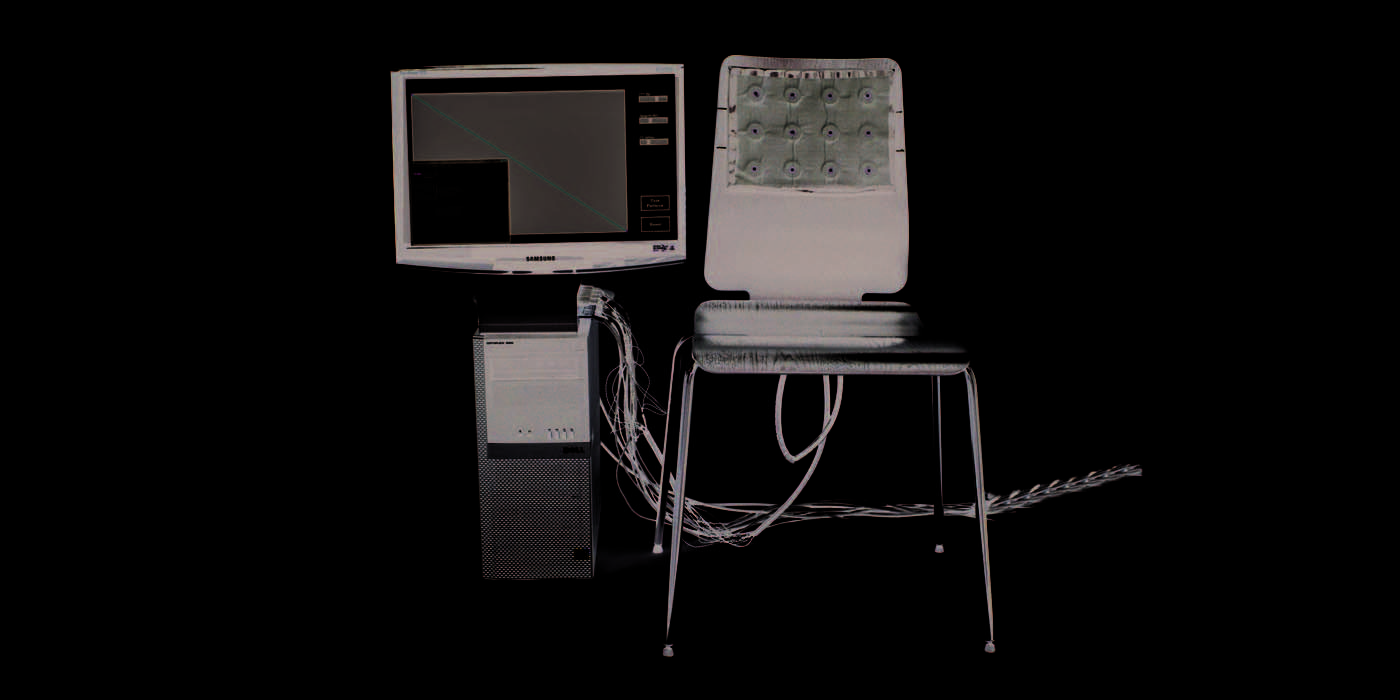Tactile Brush

Tool Summary
| Metadata | |
|---|---|
| Release Yearⓘ The year a tool was first publicly released or discussed in an academic paper. | 2011 |
| Platformⓘ The OS or software framework needed to run the tool. | Pure Data |
| Availabilityⓘ If the tool can be obtained by the public. | Unavailable |
| Licenseⓘ Tye type of license applied to the tool. | Unknown |
| Venueⓘ The venue(s) for publications. | ACM CHI |
| Intended Use Caseⓘ The primary purposes for which the tool was developed. | Hardware Control |
| Hardware Information | |
|---|---|
| Categoryⓘ The general types of haptic output devices controlled by the tool. | Vibrotactile |
| Abstractionⓘ How broad the type of hardware support is for a tool.
| Consumer |
| Device Namesⓘ The hardware supported by the tool. This may be incomplete. | C-2 Tactor |
| Device Templateⓘ Whether support can be easily extended to new types of devices. | No |
| Body Positionⓘ Parts of the body where stimuli are felt, if the tool explicitly shows this. | N/A |
| Interaction Information | |
|---|---|
| Driving Featureⓘ If haptic content is controlled over time, by other actions, or both. | Time |
| Effect Localizationⓘ How the desired location of stimuli is mapped to the device.
| Location-aware |
| Non-Haptic Mediaⓘ Support for non-haptic media in the workspace, even if just to aid in manual synchronization. | None |
| Iterative Playbackⓘ If haptic effects can be played back from the tool to aid in the design process. | N/A |
| Design Approachesⓘ Broadly, the methods available to create a desired effect.
| Procedural |
| UI Metaphorsⓘ Common UI metaphors that define how a user interacts with a tool.
| N/A |
| Storageⓘ How data is stored for import/export or internally to the software. | None |
| Connectivityⓘ How the tool can be extended to support new data, devices, and software. | Custom UDP |
Additional Information
The Tactile Brush is an algorithm to create tactile animations on discrete vibrotactile arrays. The algorithm allows for the creation of stationary or moving tactile objects within the limits of a tactile array. Their motion paths and vibration intensities are used to calculate which actuators should be triggered to produce the intended effect, the intensity at which each should vibrate, and the onset time of and duration of vibration for each. A version of it was implemented in a Pure Data application.
For more information, consult the CHI’11 paper.